Sugarcane /Saccharum is a kind of perennial herbaceous plant from the Poaceae family, whose most prominent representatives are wheat, corn and rice. The main product of sugarcane is sucrose, which accumulates in the internodes.
Sugarcane is the largest crop in the world. It is estimated that in 2010 23 million hectares sugarcane were cultivated in more than 90 countries with production of 1.6 billion tons.
Brazil is the largest producer of sugarcane, followed by India, China, Thailand, Pakistan and Mexico.
Sugarcane stalks that are 30-50 cm in height are planted in furrows. Approximately four months after they put a few roots aside, the stems form. One shoot can grow from 5 to 20 stems, reaching a height of 5 meters and a thickness of up to 6 cm
Like any tropical plant, sugar cane requires a temperature greater than 18 degrees and frequent rains. Once the plants mature, the lower leaves wither and fall off.
The lower part of the stem which is covered with a thin layer of wax is smooth and naked. This perennial is an excellent harvest in the first five to eight years, but then the sugar content in it decreases and it should be re-sowed.
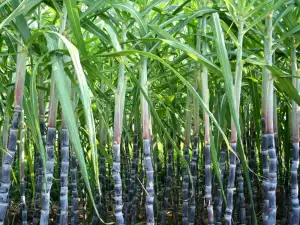
The vegetative cycle of sugarcane is one year. Only nine months after the plant is planted, the stem has matured very well, but the sugar content is possible. In the Caribbean the harvest takes place between January and July. Once cut, sugarcane can not be stored for more than one day because the tropical heat and the presence of microorganisms significantly reduce the content of sugar.
History of sugarcane
Sugarcane is one of the oldest cultivated plantsIts home is considered New Guinea. From here it is transferred to the Philippines, India, China and Persia. There is evidence that in 600 BC, these places had an open method for the purification of its raw, juice concentrate from undesirable impurities. Then sugar has to refine and was pressed into conical shapes. With the advent of Islam in the 7th century, sugarcane begins to expand into the Middle East, Spain and North Africa.
In the 12th century, crusaders spread it across northern and central Europe. In 1493, Christopher Columbus carries the plant to the Antilles. At that time sugar is already one of the most sought after commodities. Only a few years later, for the needs of the very fastest growing plantations in the Caribbean, the first slaves in the area were sold. Very soon, sugar had almost the value pf gold itself.
Sugar cane is propagated by cutting the stem. Over the years, this leads to a gradual weakening of the genotype, although in the 19th century, new plantations sprouted around the globe. In the early 20th century, they began to cultivate new varieties that have been tailored to the natural conditions in the areas of plantations. These days, we are developing clones that are tailored to the specific circumstances of each island. New hybrids have much better yields, being sucrose-rich and resistant to diseases.
Composition of sugarcane
Sugar cane is extremely rich in sugars and essential oils. As raw material for the production of sugar defoliated leaves, which contain sucrose varies very widely - from 6 to 22% are used.

Application of sugarcane
In the past, sugar cane is grown mainly as a raw material for the production of sugar, but now is not the base product to obtain sugar. Rum is one of the most famous products of the sugar cane. Tender parts of the stalk of the plant are cut and ground up into molasses, which is boiled and then allowed to ferment. After fermentation, the mixture is distilled. The resulting rum can be white, black or gold.
Dark molasses obtained from the processing of sugar cane is one of the most complete sweeteners. It can completely replace sugar. Diluted with water, molasses is a food and beverage useful for digestion.
Sugarcane is a product which produces biofuel. The largest supplier of biofuel from sugar cane is Brazil. In the country, each seventh car moves with ethanol.
Another interesting use of sugarcane is the production of paper. Perhaps it is the second most common source for obtaining non- traditional fibers.
Sugarcane is used to make furniture that is extremely lightweight. These furnishings are preferred by many people because they have a distinctive texture and color, reminiscent of eternal spring in any garden or home.
Sugarcane is used as food for animals, in cosmetics, perfumery, aromatherapy and has become part of homeopathic products.






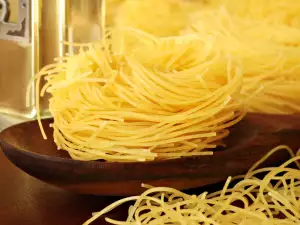




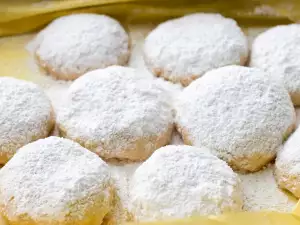
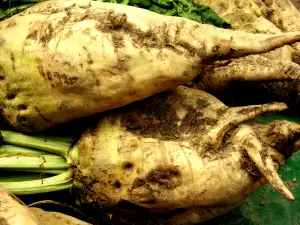

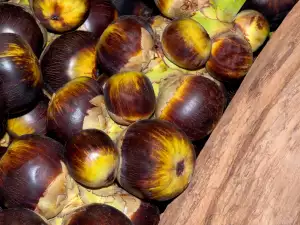




Comments